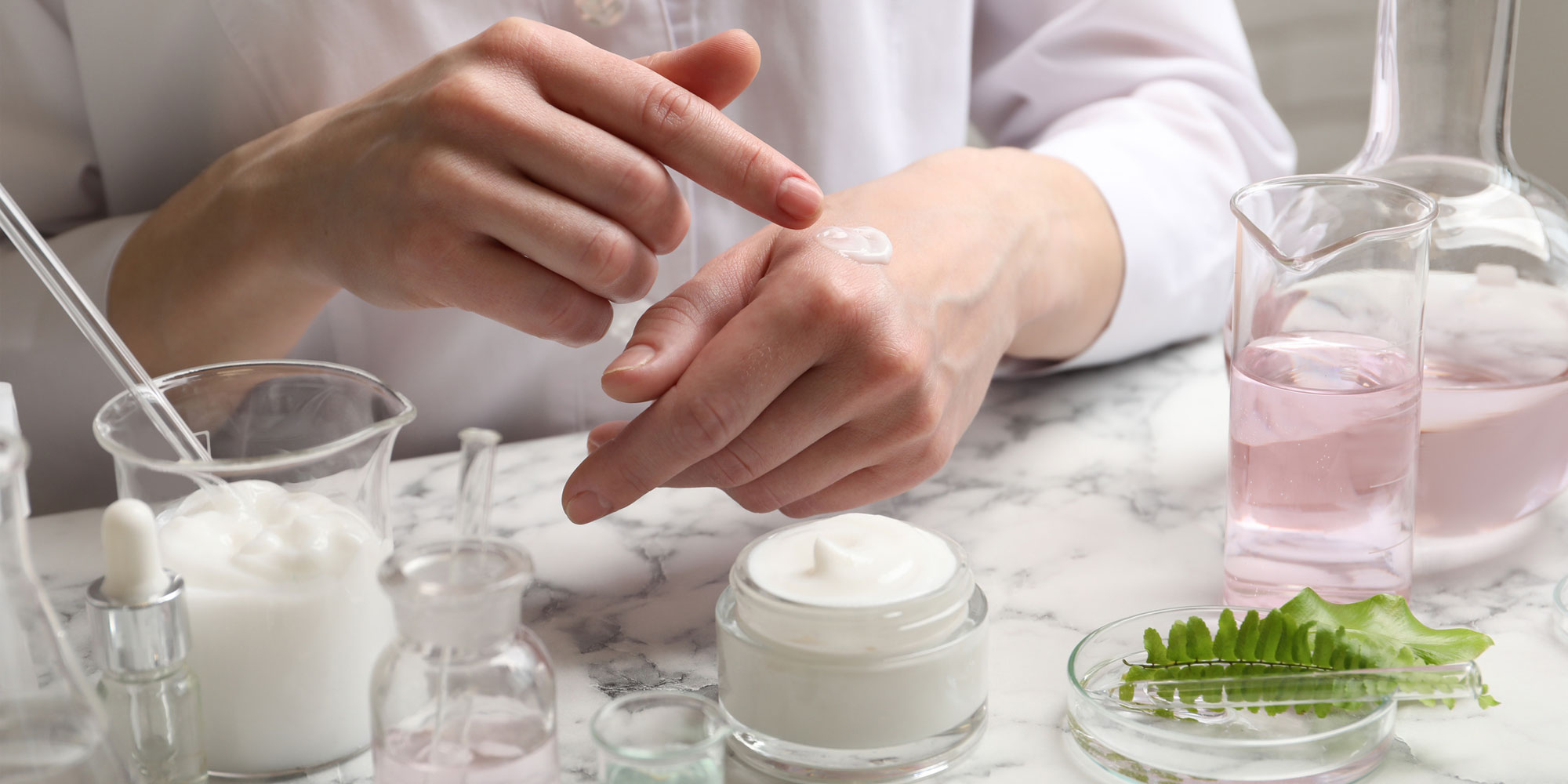Acetonitrile in the Pharmaceutical Industry
By Jillian Jastrzembski

History has shown that acetonitrile is practically irreplaceable in many industries, the most critical of which is the pharmaceutical industry. This clear, colorless solvent, is an organic cyanide (also known by the name methyl cyanide). It has a methyl group (―CH3) bonded to a cyano group (―C ≡ N). Its chemical structure make it uniquely suited as an analytical reagent, reaction solvent, and synthetic substrate. One reason why acetonitrile is so important to the pharmaceutical industry is because it is a convenient source of cyanide, which is present in many medicinal compounds. It can also be used in the synthesis of heterocyclic compounds, which are known for their biological activity. Many critical applications of acetonitrile require high purity, USP grade chemicals that cannot be obtained via recycled waste.










